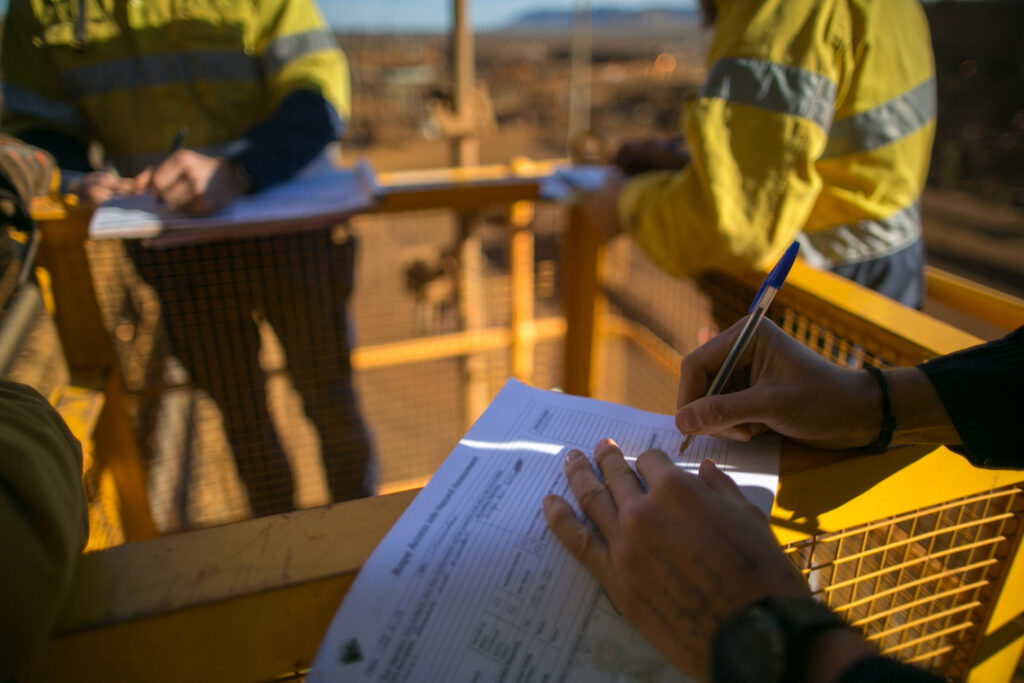In the relentless pursuit of a safer and healthier workplace, organizations are increasingly turning to innovative safety initiatives guided by progressive committees. These committees, composed of cross-functional teams, play a pivotal role in shaping and implementing strategies that not only meet regulatory standards but also foster a culture of safety excellence. The essence of these initiatives lies in their forward-thinking approach, where traditional safety paradigms are challenged and novel solutions are embraced. By actively involving employees from diverse departments, these committees serve as a microcosm of the organization, ensuring a comprehensive understanding of potential risks and hazards. One key aspect of pioneering safety initiatives is the emphasis on continuous improvement. Safety committees, armed with real-time data and insights, engage in a dynamic process of risk assessment and mitigation.

Regular safety audits and feedback mechanisms create a feedback loop, enabling organizations to adapt swiftly to emerging challenges. This iterative approach not only addresses current safety concerns but also anticipates future risks, demonstrating a commitment to proactive prevention rather than reactive response. Effective communication is the linchpin of safety initiatives, and progressive committees play a crucial role in fostering a culture of open dialogue. By encouraging the free flow of information, these committees break down silos and promote collaboration among employees at all levels. Safety awareness campaigns, training programs, and clear communication channels contribute to a shared understanding of safety protocols, ensuring that every team member is equipped with the knowledge and tools to contribute to a secure work environment. Furthermore, these committees serve as advocates for safety, championing the cause and instilling a sense of responsibility in every individual. Technology integration is another hallmark of pioneering safety initiatives. Progressive committees leverage cutting-edge tools and digital platforms to enhance safety protocols and response mechanisms. From predictive analytics to wearable technology, these committees explore and implement solutions that harness the power of innovation for the benefit of employee well-being.
Real-time monitoring systems, automated safety alerts, and virtual reality training modules are just a few examples of how technology can revolutionize safety practices, making them more effective and responsive to the evolving nature of workplace risks. Employee empowerment is at the heart of progressive committee guidance strategies. These committees serve as forums for employees to voice their concerns, share insights, and actively participate in shaping safety policies. Recognizing the diverse perspectives within the workforce, Workplace Wellness Initiatives these committees ensure that the safety initiatives reflect the unique challenges faced by different departments and individuals. This inclusive approach not only strengthens the sense of ownership but also leads to the development of targeted solutions that resonate with the specific needs of each team. Pioneering safety initiatives driven by progressive committee guidance strategies represent a paradigm shift in how organizations approach workplace safety. By embracing innovation, fostering open communication, integrating technology, and empowering employees, these initiatives create a resilient safety culture that adapts to the dynamic nature of modern workplaces.

